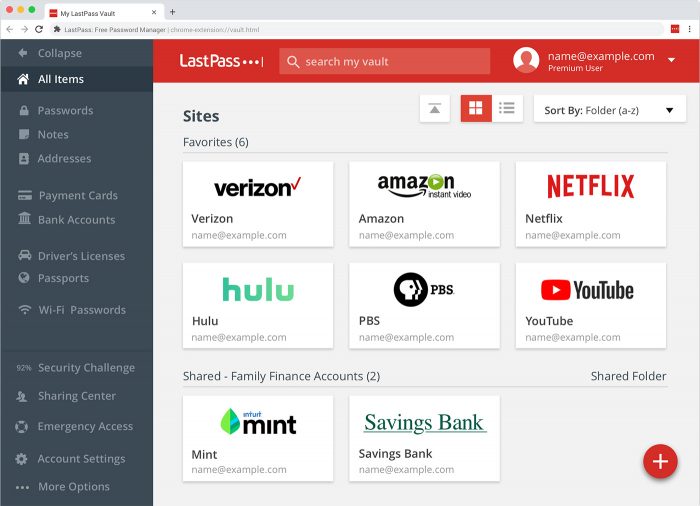

Find the LastPass icon and drag and drop it into the toolbarĤ.


Chrome : LastPass may be hidden behind the address bar.Safari : Go to Safari Preferences > Extensions, ensure that LastPass is listed and enabled.ģ.Check Tools > Manage Add-Ons to make sure LastPass is enabled there. Internet Explorer: make sure that third party extensions are allowed by going to the Internet Explorer Tools > Internet Options > Advanced > 'Enable Third-Party Browser Extensions'.Firefox: Go to the Menu Icon > Add-Ons > Extensions, ensure that LastPass is listed and enabled.Chrome: Go to chrome://extensions to see if LastPass listed and enabled.If you still do not see LastPass in your browser, please go into your browser's list of Extensions and ensure that LastPass is listed there AND e nabled. In Chrome, install it from the Chrome Web Store. Then try reinstalling into your browser with. If you continue to see issues, please supply the steps taken and your results in a support ticket.ġ. And for that, you need to install the latest LastPass Chrome extension.If you are not seeing the browser extension, please follow the steps 1-7 here. Thankfully Lastpass gives us a simple solution to this messy problem.

But it gets very cumbersome to remember all such complicated passwords. However, keeping different passwords for all your different online accounts would be best. With LastPass, you don’t have to worry about the passwords of different websites. Keeping aside all other web browsers today, we will see how you can set up the LastPass extension on Google Chrome. However, you will receive this facility with its business plans. Note that its plans don’t come with a monthly subscription. Also, it has a separate set of business plans that include Teams, Enterprise, MFA, and Identity. Besides, LastPass comes with a few other plans, such as Premium and Family plans.


 0 kommentar(er)
0 kommentar(er)
